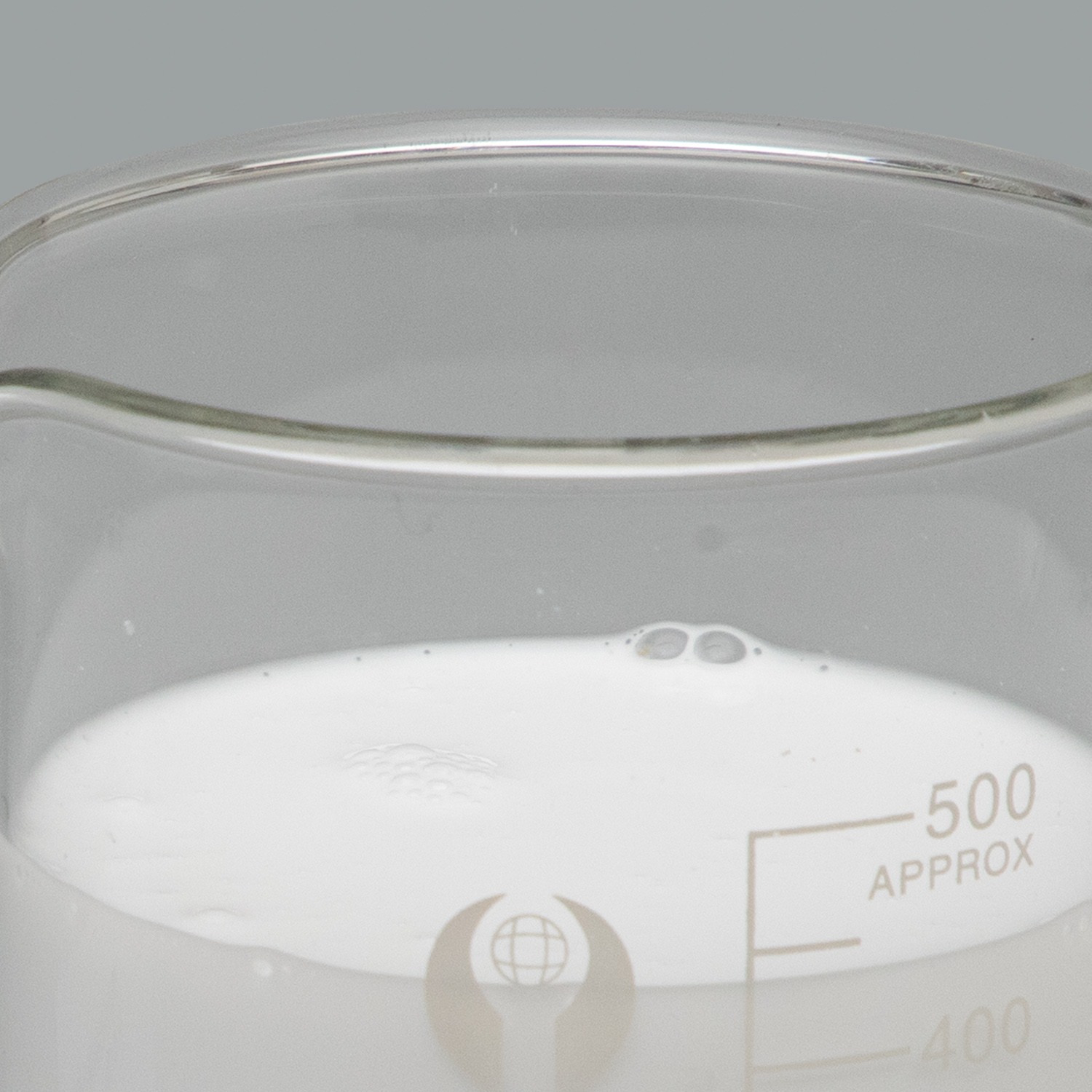Release silicone emulsions have carved a significant niche in the industrial landscape, serving as a cornerstone in numerous manufacturing processes. Their unique blend of properties makes them an ideal choice for facilitating the separation of products from molds, thereby streamlining production and enhancing product quality.

Key Applications across Industries
Plastics Manufacturing
In the plastics industry, release silicone emulsions are workhorses. They are widely used in injection molding, blow molding, and extrusion processes. For instance, in the production of disposable plastic cutlery, a thin layer of silicone emulsion applied to the mold ensures that the cutlery can be easily ejected without any deformation or sticking. This not only increases the production speed but also reduces the need for post - production cleaning to remove mold residues. In the manufacturing of plastic packaging materials like bottles and containers, silicone emulsions contribute to the smooth release of the products, guaranteeing a flawless surface finish that is crucial for market appeal.
Rubber Production
Rubber manufacturing heavily relies on release silicone emulsions. In the production of tires, for example, the use of silicone emulsions allows the tire to be removed from the mold cleanly. Tires are complex in shape, and any adhesion to the mold could lead to imperfections such as uneven treads or surface blemishes. Silicone emulsions prevent such issues, ensuring that each tire meets the high - performance standards required for safety and durability. Similarly, in the production of rubber seals and gaskets, these emulsions enable efficient demolding, facilitating the mass production of these essential components.
Composite Material Processing
Composite materials, which are increasingly used in high - tech industries, also benefit greatly from release silicone emulsions. In the aerospace industry, where carbon fiber composites are used to manufacture aircraft components, the release properties of silicone emulsions are vital. These components need to be produced with precision and high quality. The silicone emulsion ensures that the composite parts can be easily removed from the mold without damaging the delicate fiber - resin structure. This is crucial for maintaining the structural integrity and performance of the aircraft components, which are subjected to extreme forces during flight.
Future Trends
Development of High - Performance Formulations
As industries continue to demand higher - quality products and more efficient production processes, there is a growing focus on developing high - performance release silicone emulsions. These new formulations are expected to offer even better release performance, longer - lasting effects, and improved resistance to harsh production conditions. For example, researchers are working on creating silicone emulsions that can withstand higher temperatures and pressures, expanding their use in emerging manufacturing technologies such as high - pressure die - casting.
Environmentally Sustainable Solutions
With the global push towards environmental sustainability, the future of release silicone emulsions lies in developing more eco - friendly options. This includes reducing the use of harmful chemicals in the formulation and minimizing waste generation. Some manufacturers are already exploring the use of renewable raw materials in the production of silicone emulsions, aiming to create a more sustainable product lifecycle. Additionally, efforts are being made to develop water - based silicone emulsions that are not only effective but also have a lower environmental impact compared to solvent - based alternatives.
In summary, release silicone emulsions have a wide range of applications across various industries, and their importance in modern manufacturing cannot be overstated. As technology progresses, the development of high - performance and environmentally sustainable silicone emulsions will open up new possibilities for industrial growth and innovation.
